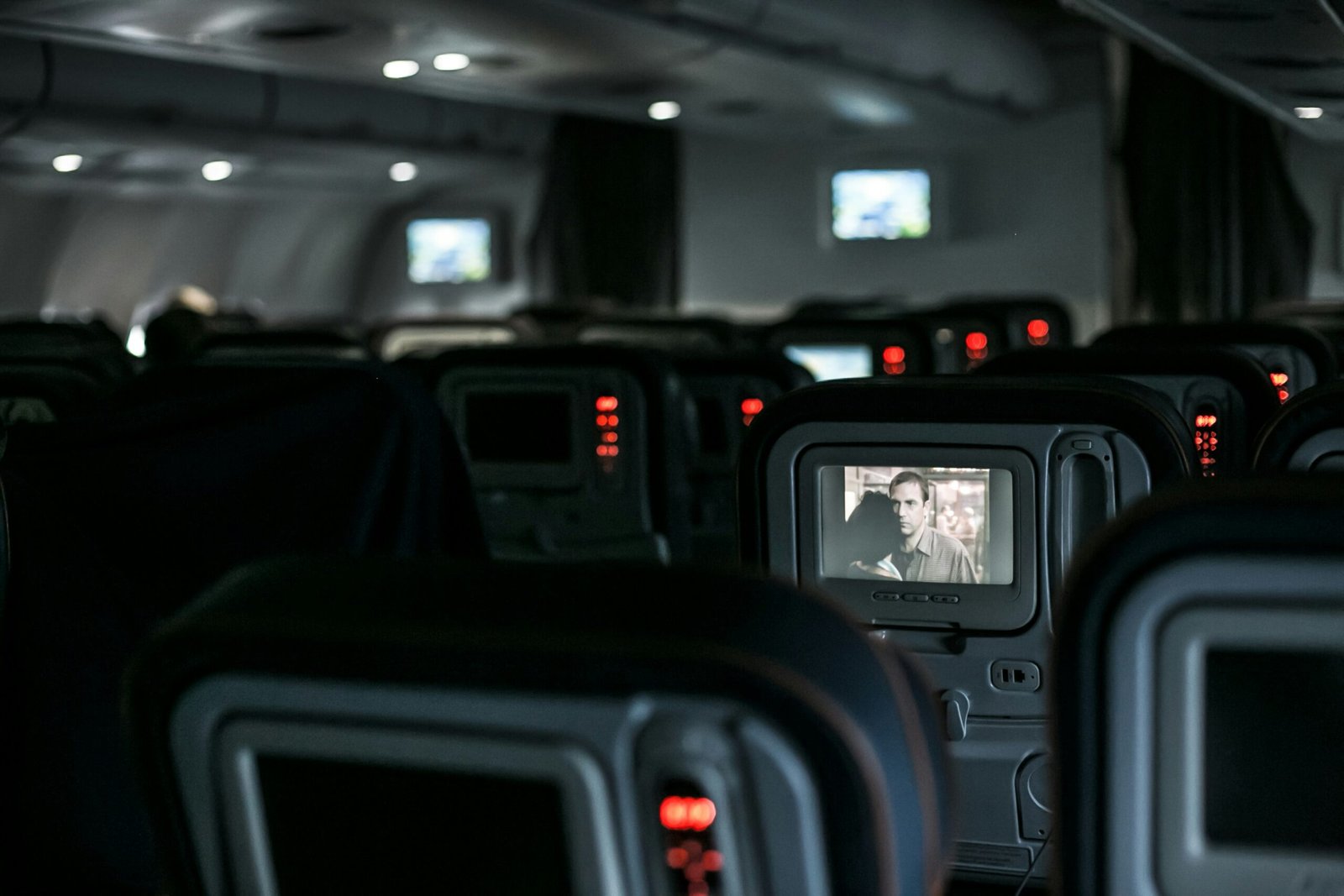
Understanding the Different Flight Classes
Before we dive into the strategies for flying first class on a budget, it’s important to understand the different flight classes and what they offer. Most airlines have three main classes: economy, business, and first class.
Economy class is the most basic and affordable option. It typically offers smaller seats with limited legroom and fewer amenities compared to higher classes. Business class, also known as premium economy or executive class, is a step up from economy class. It offers larger seats with more legroom, enhanced meal options, and additional amenities such as priority boarding and access to airport lounges.
First class is the most luxurious and expensive class. It provides passengers with the highest level of comfort and service. First-class seats are spacious and often come with lie-flat beds, personal entertainment systems, and gourmet dining options. Passengers in first class also enjoy exclusive perks such as dedicated check-in counters, priority security screening, and access to luxurious airport lounges.
Now that we have a better understanding of the different flight classes, let’s explore some strategies that can help you fly first class on a budget.
Understanding flight class upgrades is essential for travelers who want to make the most of their flying experience. Complimentary upgrades are a coveted perk that airlines offer to reward their most loyal customers. These upgrades are typically given to frequent flyers who have accumulated a certain number of miles or points in their airline loyalty program. Elite members of these programs, such as Gold or Platinum status holders, are also more likely to receive complimentary upgrades.
Passengers who have purchased full-fare tickets, which are usually more expensive, may also have a higher chance of being upgraded to a higher class. Airlines often prioritize these customers as they have paid a premium for their tickets. However, it’s important to note that even if you meet these criteria, complimentary upgrades are still subject to availability. Airlines may have a limited number of seats available for upgrades, especially during peak travel seasons or on popular routes.
For passengers who are not eligible for complimentary upgrades, airlines offer the option to purchase upgrades at a discounted price. These upgrades can be bought either at the time of booking or during the check-in process. The availability and pricing of these upgrades can vary greatly depending on factors such as the airline, the specific flight, and the demand for upgrades.
When purchasing an upgrade, it’s important to consider the value it will add to your travel experience. Upgrading to a higher class can provide various benefits such as more comfortable seating, extra legroom, better meals, enhanced entertainment options, and access to exclusive airport lounges. However, the cost of the upgrade should also be taken into account. It’s important to weigh the benefits against the additional expense to ensure that the upgrade is worth it for your specific needs and preferences.
In conclusion, flight class upgrades can be a great way to enhance your travel experience. Whether you are lucky enough to receive a complimentary upgrade or decide to purchase one, understanding how these upgrades work and considering their value is crucial in making the right decision. So, the next time you book a flight, take a moment to explore the options available and decide if an upgrade is the right choice for you.
8. Utilize Credit Card Benefits
Another strategy for flying first class on a budget is to take advantage of credit card benefits. Many credit cards offer perks and rewards that can be used to upgrade your flight experience.
Research credit cards that provide airline-specific benefits or rewards that can be redeemed for upgrades. Look for cards that offer bonus miles or points for signing up, as well as those that provide annual travel credits that can be used towards upgrades.
Make sure to read the terms and conditions of the credit card and understand how to maximize the benefits. Utilizing credit card benefits can be a great way to enjoy the luxury of first class without breaking the bank.
9. Consider Alternative Airports
When planning your trip, consider flying from or to alternative airports to increase your chances of getting a first-class upgrade. Smaller or less popular airports may have fewer passengers and less demand for first-class seats, making it more likely for upgrades to be available.
Research nearby airports and compare flight options. While it may require additional travel time or transportation costs, the potential for a first-class upgrade can make it worthwhile.
10. Build Relationships with Airline Staff
Building relationships with airline staff can sometimes lead to unexpected first-class upgrades. Be friendly and engage in conversations with airline personnel during your travels.
Take the time to express your appreciation for their service and show genuine interest in their work. By building rapport with airline staff, you may increase your chances of being considered for an upgrade when opportunities arise.
Remember to be respectful and not expect upgrades solely based on relationships. Building genuine connections with airline staff can be a rewarding experience in itself, regardless of any potential upgrades.
11. Be Flexible with Seating Options
When booking your flight, be open to different seating options that may increase your chances of getting a first-class upgrade. For example, consider selecting a seat in the last row of the economy class cabin or near the bulkhead.
These seats are often less preferred by passengers and may increase the likelihood of being offered an upgrade. Additionally, be open to seat changes if offered by the airline, as this can sometimes lead to a surprise first-class upgrade.
Being flexible with your seating options can be a strategic approach to increase your chances of enjoying the luxury of first class.


